Where to Look for Gold in Rivers & Creeks
Gold forms in veins that are locked up within rocks and minerals completely un-associated with water. This combination of gold and quartz is one of the most common host rocks from where the primary gold originates. These gold-bearing rocks, under several chemical and physical factors (various forms of erosion) are broken down, eventually leading the gold to separate from its host rock. Water does not affect the places where gold forms on Earth, but it has a huge effect on where it can be found!
The Concentration of Gold in Rivers
These large deposits of gold are usually transported due to gravity (if formed in hills or mountains) or by water movements. Once the residual gold enters a stream or a river, it becomes alluvial gold and because gold is a heavy metal, they become difficult to move and begin to concentrate in areas like the lowest point in a stream bed.
These alluvial gold deposits are usually found many miles away from the primary source of gold and are moved by streams, creeks, rivers and gullies. The gold usually have round edges and are small nuggets. The finer gold are usually found in the lower parts of the stream bed and the larger nuggets are usually deposited in coarse sediments closer to the lode source. The gold can often also occur with heavy elements like magnetite and hematite.
There are several places where gold accumulates, one of them being at the locations where the flow of a river slows such as at deep water or where the river widens and the flows slow down. As the water slows, the energy lowers and gold will settle into the bedrock.
When the flow of the river experiences changes, such as a sudden drop over a waterfall, the water flow can gouge a hole as it constantly hits the floor of the river. The gold will flow through the waterfall and accumulates in the hole; this is sometimes called a “glory hole” because some huge concentrations of gold have been found in these locations. However, not all waterfalls will accumulate gold like this, and often the gold will be blown out and continue further downstream during high water events.
The next place where gold may be accumulated is where two rivers meet. These are called confluence placers. The region where the rivers or creeks meet is high turbulence and complex rotations which will cause the flow of water to either slow down or to have a sudden change in directions. This will lead the gold to not move forward with the flow but to settle down in a calm region in the river. Some exceptionally rich alluvial gold deposits have been found at the confluence of two rivers.
Obstructions in the river may lead to accumulation of gold on the downside of the obstructions. The obstruction causes eddy currents in the river which causes the gold to settle near the seaward sides of these obstructions.
Other good places can be in the bedrocks that lie beneath the river which may have some nuggets or flakes trapped in its cracks. Other than that, beach placers may be another prospective region of finding gold since the sea carries some of the gold from the river which may accumulate due to long-shore drift or even due to the action of the waves.
Where to Dig
Don’t just look for gold in the current waterway. You can also find gold is ancient river beds. These beds had a river running once but not any longer and the reasons could be due to natural disasters like volcanic eruptions and earthquakes, or just the natural changes of the Earth’s crust over millions of years. Sometimes these rivers do have undiscovered gold which could be recovered very easily.
High benches may be another good place to find gold. Sometimes these high benches may or may not be obvious. High benches occur when the river bank erodes and cuts into the earth. This leads the gold to be concentrated in areas high and dry above the waterline (basically the old banks). It may be only a few feet over the current water mark, but it can often be missed by other prospectors.
What Type of Metal Detector is Best for Water? (VLF or PI)
We’ve tried to explain what Very Low Frequency (VLF) and Pulse Induction (PI) technology is in a metal detector, but for watery conditions a PI machines are better than VLF. (Especially saltwater)
Pulse Induction sends an electronic current burst into the ground which excites the field generated around the target. A good comparison is a radar tower sending a signal and measuring the change in the return signal.
This type of tech, improves the depth of detection and reduces the “noise” caused by eddy currents around objects. Water, especially saltwater will create a magnetic field around a metallic object (a VLF weakness). Those eddy currents create “hot rocks” and trashy signals.
Combining a PI machine with a double d coil adds a step up in accuracy by narrowing the signal into a deeper penetrating current burst. Pulse Induction Metal Detectors are going to cost more than VLF machines.
Since you are limited to the low tides, as far as hunting, you only have about four hours of available search time. Which puts a little bit of pressure on. But before you jump into the water, take a look around, and notice parts of the beach that have less sand than the rest. Quite often it will be the same in the water.
These areas are the best places to start. This is the technique we use and it works quite well, because usually it’s only a part of the beach that is producing the finds. If you don’t see an area, scan the beach with your detector fairly fast to find a spot that is producing and concentrate in that area.
Sometimes you’ll see channels, also known as cuts, in the water. These areas will have heavier sand and small and pebbles. This indicates that some of the sand has moved and shifted. Once you start finding old coins, you’ll know you’re in the right spot and you can bet there is more there because they generally lay in these pockets.
Also, if you’re finding old coins, there is a good chance gold is nearby, but much deeper, so dig the veins of heavy sand and pebbles. It’s like a natural sift holding heavy items. Be patient and concentrate on scanning the area from different directions.
If you are just a beginner at water hunting, summertime would be the best time to try it out. Many people are swimming and metal detect on the beaches, so there should be plenty of targets to find. Start at the most popular beach in your area. Try to detect early in the morning, because the water is usually calmer, or later in the evening after everyone starts to go home. If you haven’t found much, don’t panic, the sand could move with the next tide.
If this is your first time out, it might be a good idea to practice. Before you jump in, practice in ankle deep water first, so you can see the general area of your target.
A good water scoop is extremely important, and you need to know how to pinpoint your target, because when the water is murky and stirred up you might as well have a blindfold on. I noticed that after water hunting for several years, I didn’t need to use our pinpointing features on our land detectors anymore.

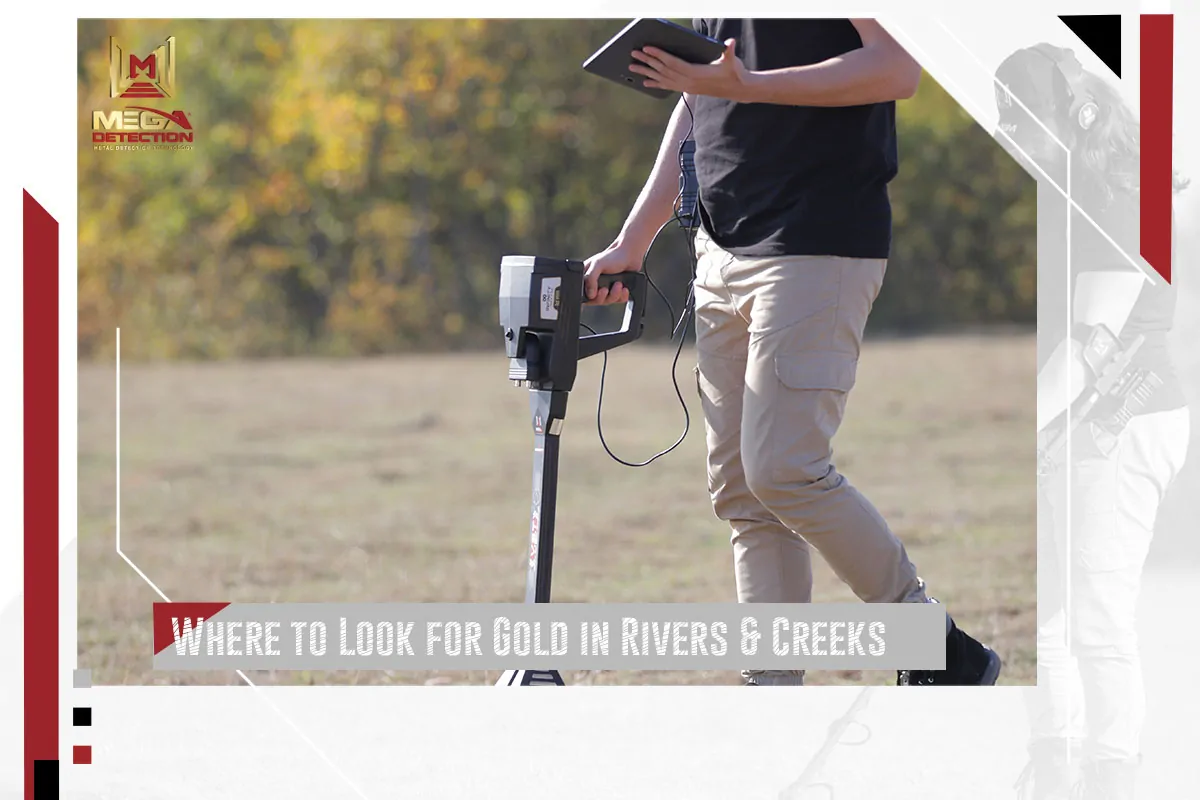

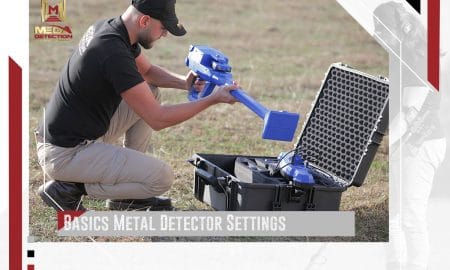

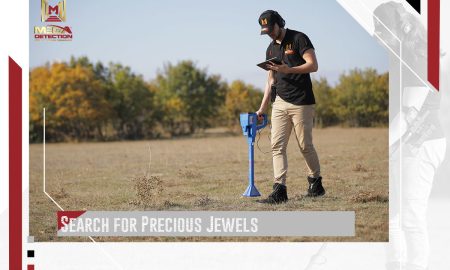

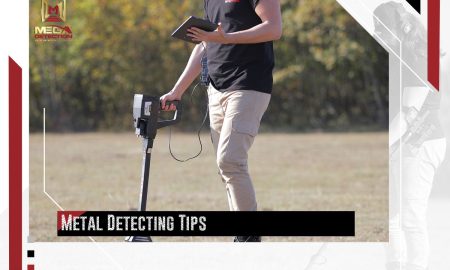


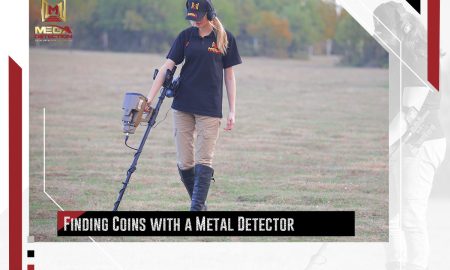
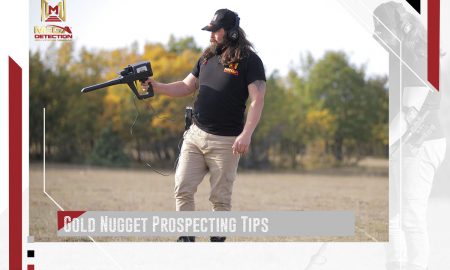
Leave a Reply